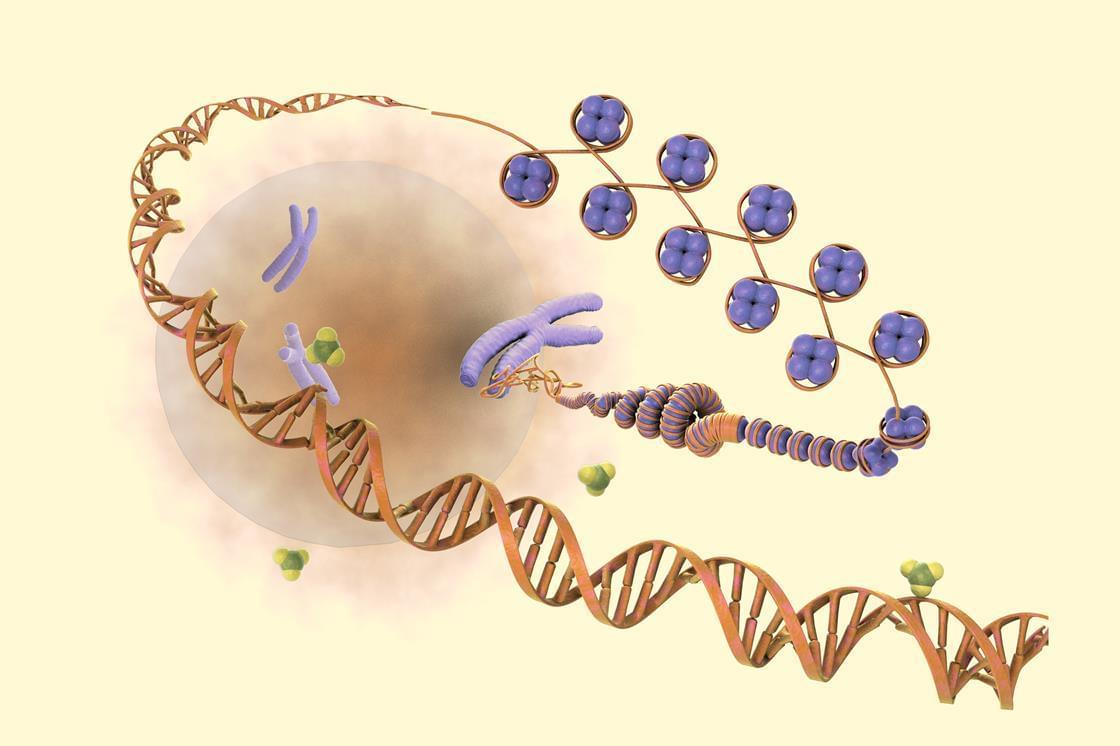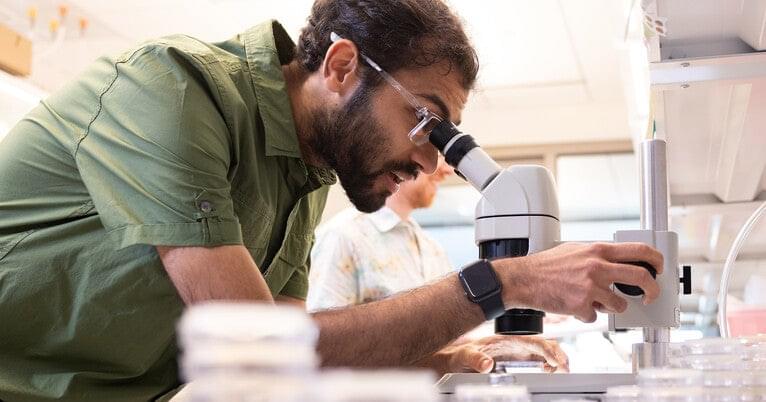Discover why some puzzles stump supersmart AIs but are easy for humans, what this reveals about the quest for true artificial general intelligence—and why video games are the next frontier




Netflix’s “The Eternaut,” an Argentine sci-fi series, pioneers generative AI for a building collapse scene, enabling 10x faster VFX and cost savings. Co-CEO Ted Sarandos sees it empowering creators, not replacing them. Mixed reactions highlight job fears, signaling AI’s growing role in Hollywood amid ethical debate.

Type I diabetes is an exhausting full-time job. Having it means living a life full of constant care and maintenance. You’re always checking in on your blood sugar to make sure it isn’t too high or is it too low, extremes that could be easily reached with the most minor indulgence or tiniest bout of laziness.
A new treatment, as detailed in the New York Times, might change everything we know about managing type I diabetes.
Zimislecel is an experimental stem cell-based therapy that recently dropped a bomb on the diabetes world. Developed by the Boston-based Vertex Pharmaceuticals, it’s a one-time infusion that has turned 10 of 12 trial patients suffering from severe type I diabetes into people who no longer need insulin, and in less than a year.

In a leap forward for quantum computing, a Microsoft team led by UC Santa Barbara physicists on Wednesday unveiled an eight-qubit topological quantum processor, the first of its kind. The chip, built as a proof-of-concept for the scientists’ design, opens the door to the development of the long-awaited topological quantum computer.
“We’ve got a bunch of stuff that we’ve been keeping under wraps that we’re dropping all at once now,” said Microsoft Station Q Director Chetan Nayak, a professor of physics at UCSB and a Technical Fellow for Quantum Hardware at Microsoft. The chip was revealed at Station Q’s annual conference in Santa Barbara, and accompanies a paper published in the journal Nature, authored by Station Q, their Microsoft teammates and a host of collaborators that presents the research team’s measurements of these new qubits. (Circa Feb 20 2025)
Microsoft team led by UC Santa Barbara physicists unveils first-of-its-kind topological qubit, paving the way for a more fault-tolerant quantum computer.


Many essential products, from smartphones and magnets to electric vehicles, semiconductors and wind turbines, need rare earth metals to perform.
The rapidly growing demand for these critical products has led to increased need for domestic production of rare earth elements (REEs). However, according to the U.S. Geological Survey, the nation is still lagging globally behind countries such as China, with just over 14% of the world’s REE raw ore production and none of the world’s refining capacity. Purdue University is changing this harsh reality by using its patented rare earth technology in a partnership with Indiana-based ReElement Technologies in an effort to narrow the gap between the U.S. and the rest of the world in this critical industry.
Indy-area company builds on cutting-edge Purdue technology to help narrow the international gap in essential area.

Purdue University is standing at the forefront of expanding space exploration and a future economy with the creation of the first-ever Comprehensive Space Engineering Degrees Program in the country.
The program combines both a new online master’s degree in space systems engineering and a new space engineering undergraduate certificate to the established array of cutting-edge programs in the College of Engineering.
The Comprehensive Space Engineering Degrees Program is the latest learning opportunity at Purdue, reflecting a demand for aerospace engineers around the world. The School of Aeronautics and Astronautics continues to offer a variety of important specializations within the undergraduate and graduate degree programs.
(Online programs 😍)
Purdue has the first-ever Comprehensive Space Engineering Degrees Program with offerings ranging an online master’s degree to undergraduate space certificate.

A new Yale study has revealed that neurons — the energy-hungry cells that connect and direct activity in the brain — are equipped with “backup batteries” that kick in to keep the brain running during periods of metabolic stress.
Writing in Proceedings of the National Academy of Sciences, researchers describe how neurons store their own glycogen, a form of sugar that helps neurons stay resilient when their main energy sources falter.